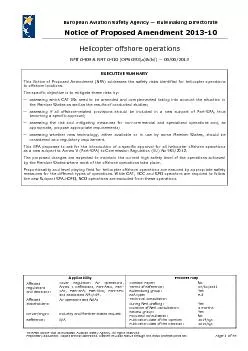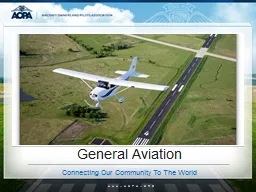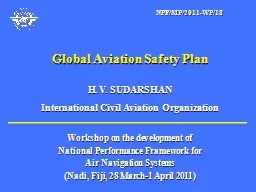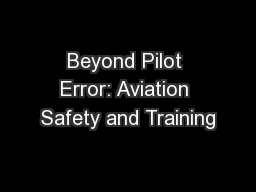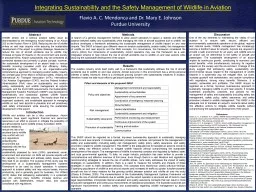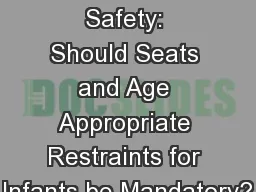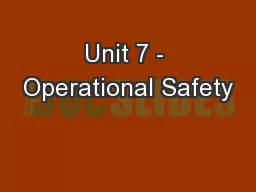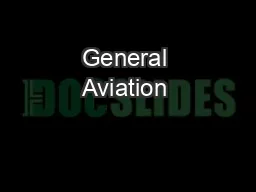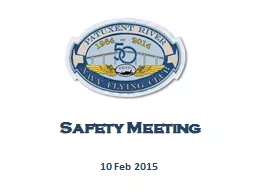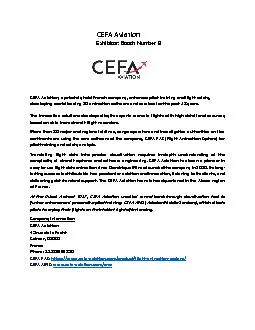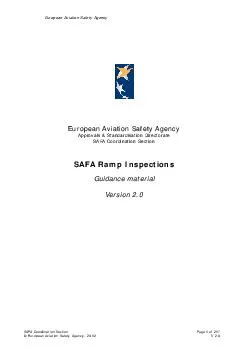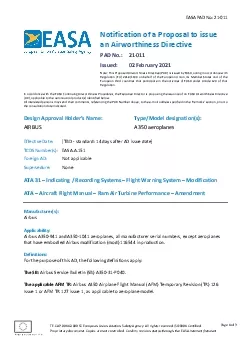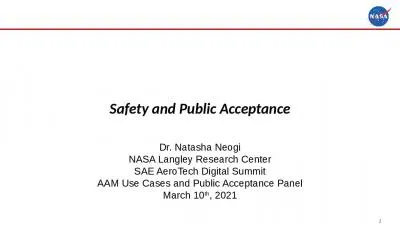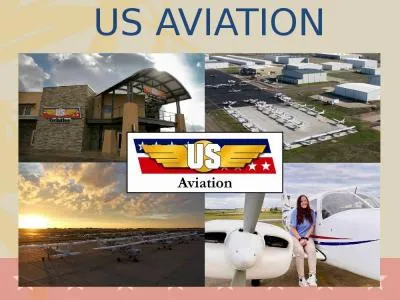PDF-European Aviation Safety Agency
Author : roxanne | Published Date : 2020-11-23
Rulemaking Directorate Notice of Proposed Amendment 20 13 10 Applicability Process map Affected regulations and decisions Cover Regulation Air Operations Annex
Presentation Embed Code
Download Presentation
Download Presentation The PPT/PDF document "European Aviation Safety Agency" is the property of its rightful owner. Permission is granted to download and print the materials on this website for personal, non-commercial use only, and to display it on your personal computer provided you do not modify the materials and that you retain all copyright notices contained in the materials. By downloading content from our website, you accept the terms of this agreement.
European Aviation Safety Agency: Transcript
Download Rules Of Document
"European Aviation Safety Agency"The content belongs to its owner. You may download and print it for personal use, without modification, and keep all copyright notices. By downloading, you agree to these terms.
Related Documents

